The reason musk thistles are considered a noxious weed is because they are extremely invasive, choking out good grazing grasses, and livestock won’t eat them. Seed dispersal occurs 7 to 10 days after blooming. A single plant is capable of producing in excess of 10,000 seeds. Seeds can remain viable in the soil for a decade or longer. Think dandelions, except thistles are not edible!
According to Bill, the life cycle of the musk thistle is variable. Usually it’s a biennial or winter annual (requiring two growing seasons for the plant to reach maturity); but has also been observed as a summer annual, completing its maturity from seed during the same growing season.
Reproduction of musk thistle is totally by seed. Seeds usually germinate anytime there is sufficient soil moisture, but most germinate in either late summer through fall or in the spring. After germinating, the plant develops from seedling to the rosette stage and remains in this stage the majority of its life cycle.
If eradication isn’t started at this point, the plant will soon bolt and look like this.
The purple head is cut from the plant and dropped in the bucket. If any heads have progressed to seed stage, they must be removed carefully to prevent further dispersal. Old feed sacks, rather than buckets, work better to contain the seeds. Then the entire stalk, including roots, has to be dug up. Since there isn’t any danger of the stalks reproducing, they can be left where they lie as long as there are only a few. If this is a mission of major proportions, the stalks should be gathered up and removed from the pasture.
To dispose of the decapitated heads, Bill uses feed or large dog food sacks, folding down and securing the tops so seeds won’t disperse, then puts them out on trash day for future burial at the landfill.
Here is the reason for taking heavy gloves along on this mission. Notice the spiny appearance of the plant in the top photo. These spines grow on the stalk, leaves and directly under the bloom. I know from personal experience just how lethally sharp those tiny spines are. Get one embedded in your finger/thumb/hand and you will shriek a barrage of vulgarities you didn’t know you knew!
The spines are thin, barely visible, and can penetrate skin then disappear, leaving no entry wound. The only evidence is a painful red bump that develops within a few hours. Extraction surgery is the same as for a wood splinter. However, since the spine is light-colored, I never see it in the wound; just have to squeeze and hope it floats out in the blood. Then I douse the wound liberally with alcohol as a back-up plan to flush out the spine and also ward off infection. In case you’re wondering, yes, I am current on my tetanus shot! Whether or not the surgery was successful can usually be determined in a few hours by light pressure on the wound sight. If there is no jabbing pain, then the spine was successfully extracted. There will likely still be some pain from the needle excavation.
Another type of musk thistle control is biologic and uses two insects, the rosette weevil and head weevil, to help reduce the spread of the plant. My husband, Bill, who holds both Bachelor’s and Master’s degrees in Entomology from Kansas State University, co-authored an article along with professors in the Entomology Department there. The article, “Biological Control of Musk Thistle in Kansas,” is available to read in pdf format at www.bookstore.ksre.ksu.edu/pubs/L873.PDF.
In a nutshell, biological control consists of collecting these weevils from musk thistles in one area and releasing them in the area you want to control. As their names imply, the rosette weevil resides and populates in the rosette stage of the plant; the head weevil in the head of the flowering plant. The weevil infestation damages the plant, reduces its size and decreases the number of seeds that disperse. This process takes several years for the weevils to become established in sufficient numbers to significantly reduce the number of plants. In the meantime, herbicide applications and the manual seek-and-destroy method described above need to be used. For more information, please refer to the article at the link above. Don’t be afraid: except for the Latin names of the weevils, the article is not loaded with technical jargon. I struggled with science in school and I understood it! Of course, I’ve been hearing about musk thistles since Day 1 in our relationship.
As I stated in the beginning, musk thistles are a scourge with no redeeming qualities. However, I read on one website that the author of the article used them in her bridal bouquet. What?? Not to worry. They were fake ones purchased at Hobby Lobby. But they must have appeared to be fairly realistic because they fooled her grandfather, a rancher.
I know many farmers and ranchers who wouldn’t be amused!

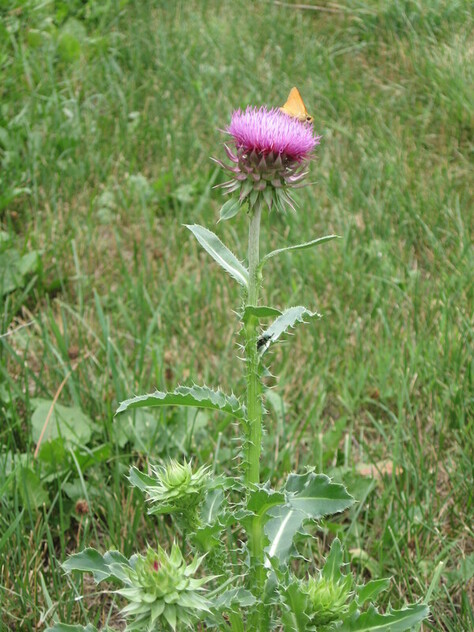
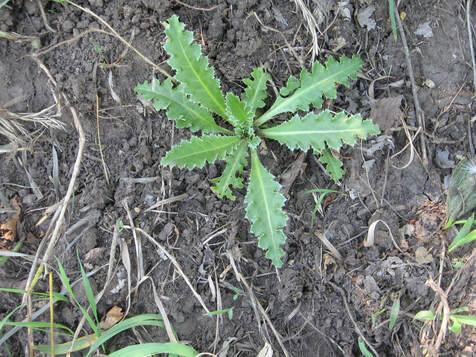
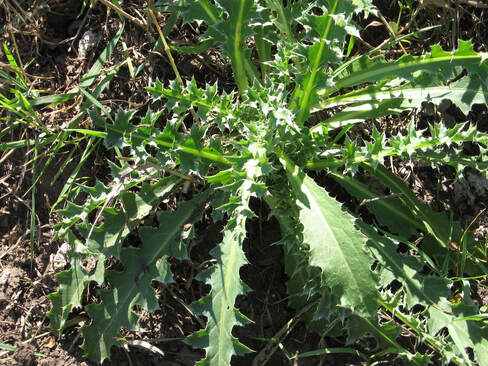
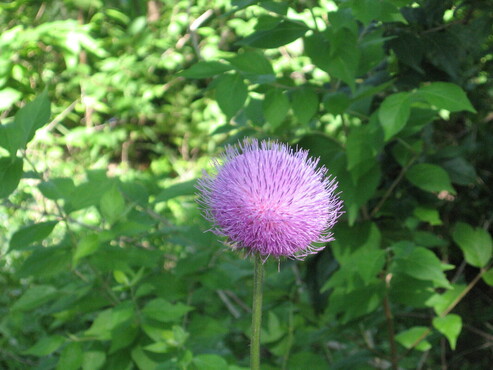
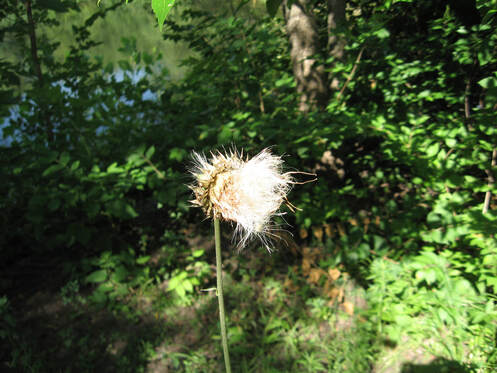
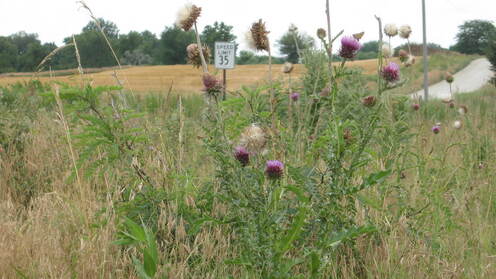
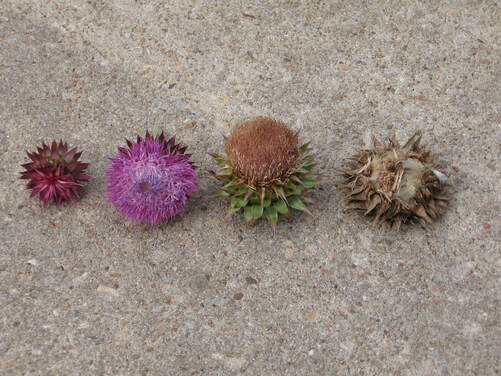

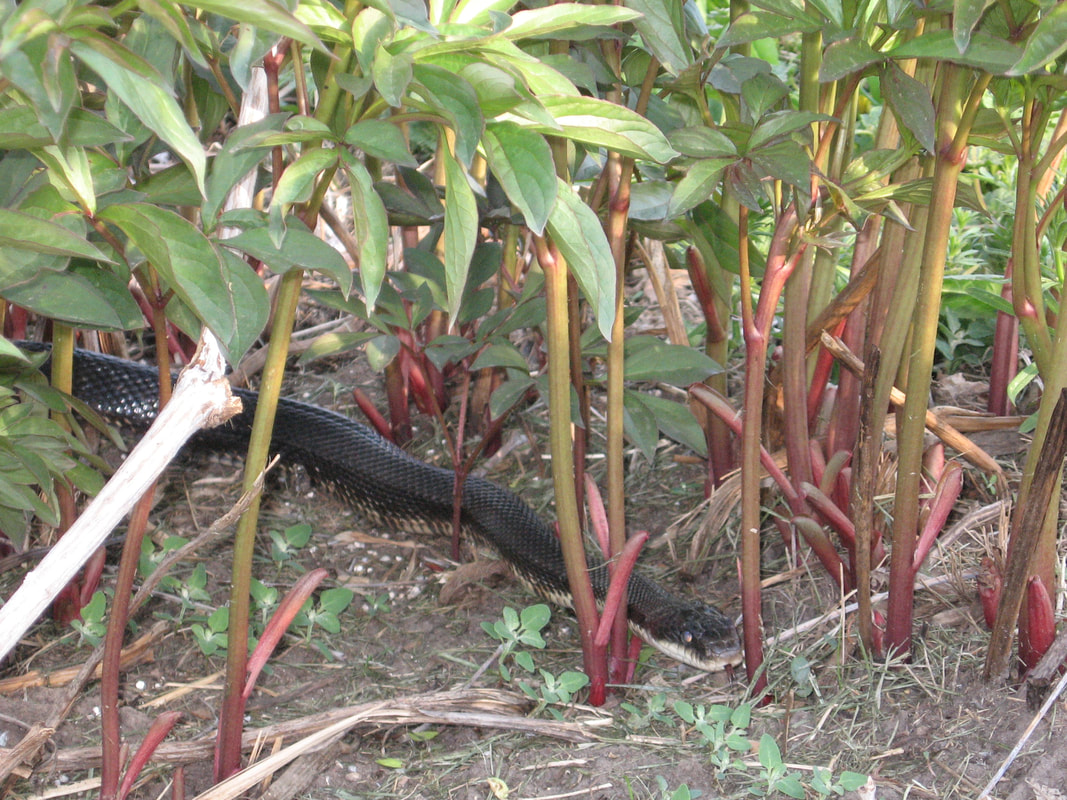
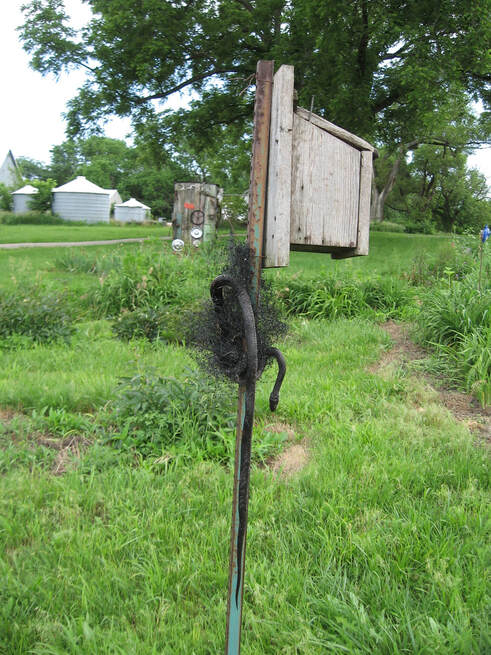

 RSS Feed
RSS Feed